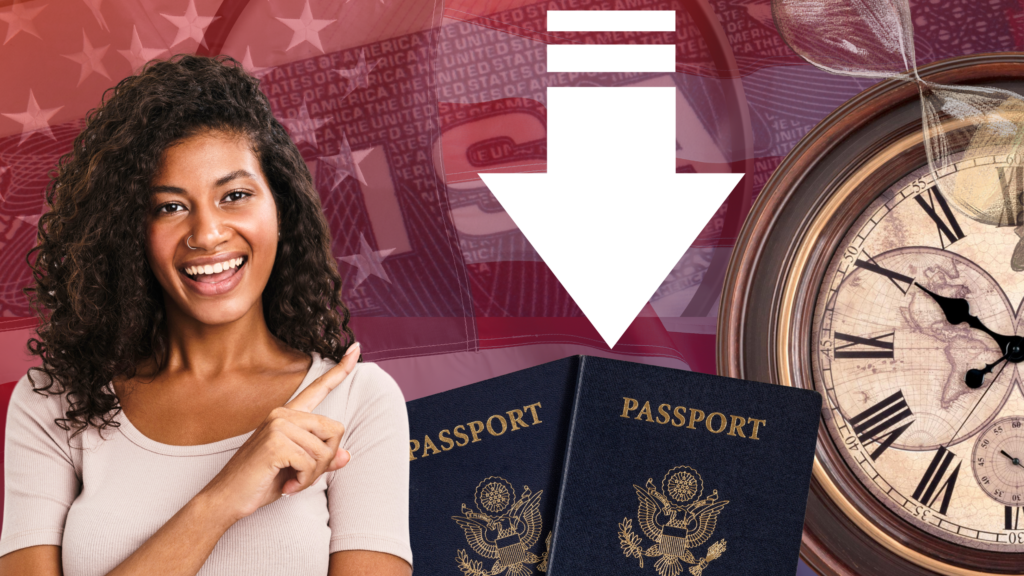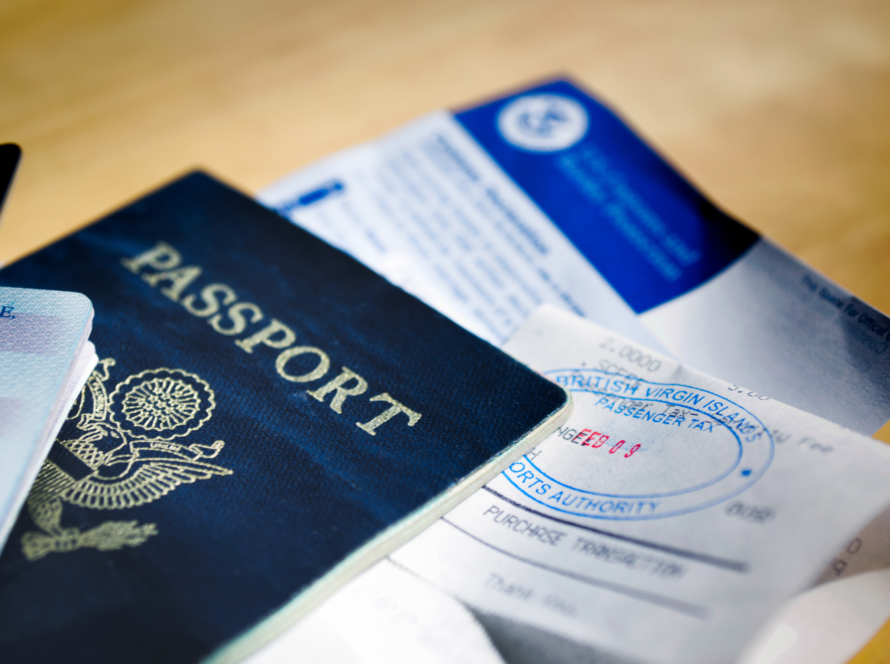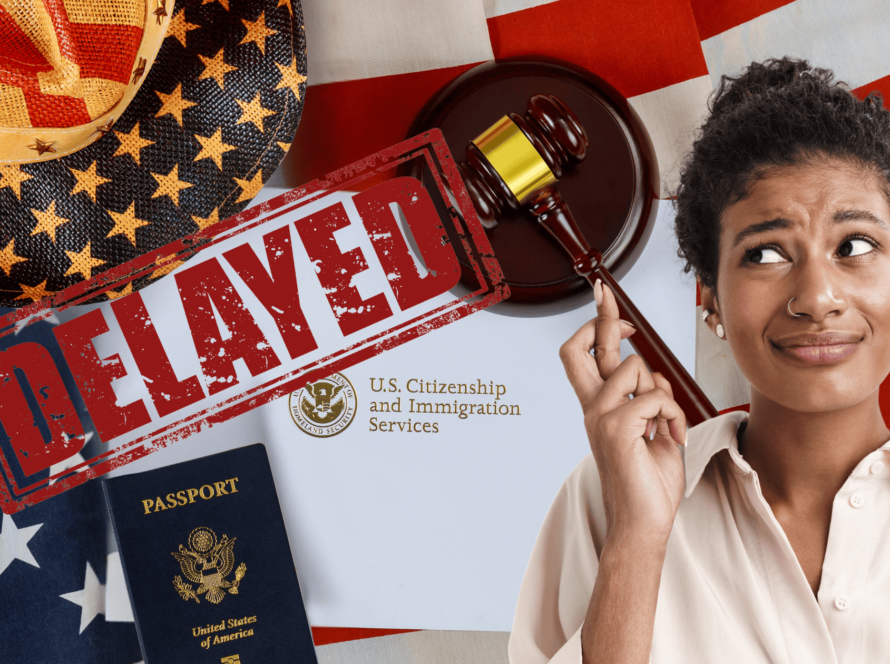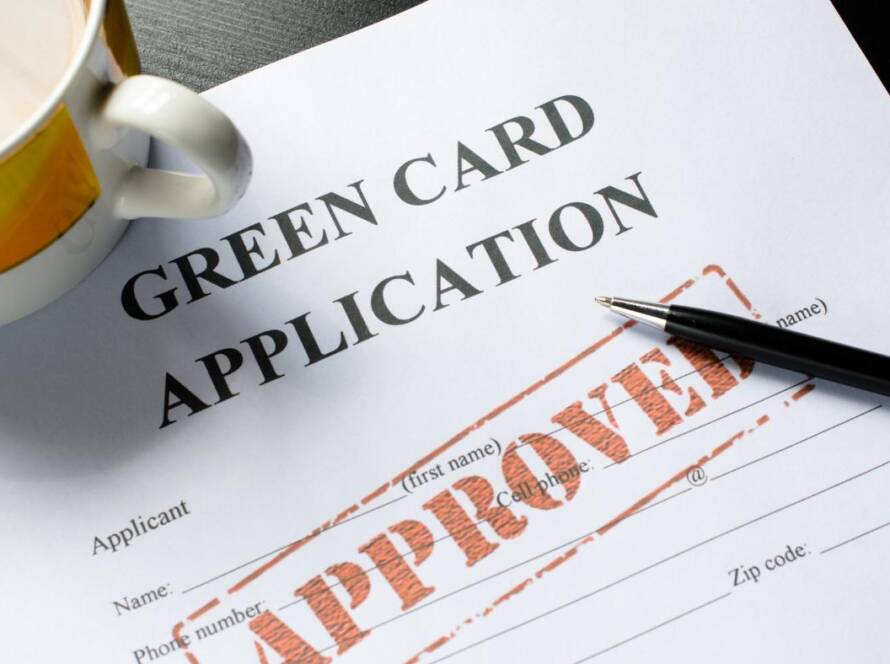
The processing time for EB2 NIW petitions can vary widely. On average, it takes 10 to 14 months for USCIS to process Form I-140 through regular service, though timelines may change based on your service center, case complexity, and USCIS workload.
In some cases, it can take longer — especially if your petition triggers a Request for Evidence (RFE) or if there are delays in visa number availability.There’s no guaranteed way to speed up the entire green card process, but certain strategies can help minimize delays and keep your case moving efficiently.
1. Use EB2 NIW Premium Processing (For Form I-140 Only)
One of the most effective ways to shorten your wait is through EB2 NIW premium processing, which USCIS officially began offering in 2022. This service provides a decision (approval, denial, or RFE) within 15 to 45 calendar days for Form I-140.
While this doesn’t change the EB2 NIW processing time for Form I-485 or the visa interview, it can significantly reduce the time it takes to get past the petition stage.
A faster I-140 decision means you can move on to adjustment of status or consular processing sooner. However, premium processing only helps if your petition is strong. Submitting a poorly prepared or incomplete application may result in an RFE, which slows things down and defeats the purpose of paying for faster service.
2. Consider Concurrent Filing (If You’re in the U.S.)
This approach won’t reduce the actual EB2 NIW processing time for the I-140, but it does shorten your total green card timeline.
This can save some time if you have everything ready for when your priority date is current, i.e not wasting additional 1-3 months to now work on putting your Adjustment of Status (AOS) together when the priority date becomes current. In other cases where the AOS is not returned, it is held with USCIS till the date becomes current.
3. Submit a Well-Prepared Petition to Avoid Delays
RFEs are one of the most common reasons why processing time for EB2 NIW cases is extended. USCIS issues an RFE when your application lacks clarity, documentation, or fails to clearly prove you meet the National Interest Waiver criteria.
To minimize the chance of receiving an RFE:
- Include 3 to 5 strong letters of recommendation from professionals who understand your work and its national importance.
- Organize supporting evidence such as publications, patents, citations, press coverage, and awards — into clearly labeled sections.
- Write a compelling petition letter that ties your achievements to the U.S. national interest, not just personal success.
- Double-check every field and signature on Forms I-140 and I-485 to avoid technical rejections.
4. Explore Expedited Processing (In Rare Cases)
Outside of premium processing, USCIS also allows applicants to request expedited processing under very specific conditions. While rarely granted, you may qualify if you can show:
- Urgent humanitarian need
- Compelling benefit to U.S. national interest
- Severe financial loss due to delays
These requests are reviewed case-by-case and are entirely discretionary. There’s no guaranteed timeline, unlike premium processing. Still, if you genuinely meet the criteria, it’s worth submitting the request with thorough documentation.
5. Track Your Case and Follow Up Strategically
If your case is taking longer than expected, there are several tools and options you can use:
- Use the USCIS Case Status Tracker to monitor your case in real time
- Check the USCIS processing time page for updates specific to your service center
- If your case is outside normal processing times, file a service request through USCIS
- In prolonged delays, reach out to your local congressional office—a congressional inquiry can sometimes move a case forward
Regularly checking your case status can help you catch issues early and avoid unnecessary wait time.
6. Be Proactive During Consular Processing
For applicants using consular processing instead of adjustment of status, how you respond during this phase affects your overall EB2 NIW processing time.
Once the National Visa Center (NVC) requests your documents, submit them promptly. Delays in uploading civil and financial documents can push your interview date back by weeks or months.
Schedule your consular interview as soon as you’re eligible, since appointment slots fill up quickly — especially at high-demand consulates.
Continue monitoring the Visa Bulletin each month to know when your priority date becomes current. In cases of emergency (medical or urgent travel), you may request an expedited appointment by providing proof and a written explanation.
Actively managing this stage can help avoid long delays and ensure your case progresses without unnecessary holdups.
While there’s no one-size-fits-all timeline, understanding what affects the EB2 NIW processing time and taking smart, proactive steps — can make a big difference. Being organized, informed, and responsive puts you in the best position to get through the EB2 NIW process efficiently.
FAQ – Ways to Reduce the Processing Time for EB2 NIW
How long does it take to get EB2 NIW approval?
The processing time for EB2 NIW petitions varies based on several factors, including USCIS workload, the service center handling your case, and whether you opt for premium processing.
- With regular processing, Form I-140 typically takes 10 to 14 months to be reviewed.
- With premium processing, you can receive a decision — approval, denial, or RFE — within 15 to 45 calendar days.
Keep in mind, this only applies to the I-140 stage. If you’re adjusting status (Form I-485) or going through consular processing, those steps will add additional time to your overall green card timeline.
Staying organized and submitting a complete petition can help reduce avoidable delays in your EB2 NIW processing time.
What is the approval rate for EB2 NIW?
In recent years, USCIS data shows approval rates ranging between 80% and 90%, depending on the fiscal year and applicant profile.
Your chances of approval improve significantly when your petition clearly shows how your work benefits the United States on a national level. This is especially true when you include strong supporting documentation such as expert letters, publications, and evidence of impact.
A professionally prepared and well-documented petition not only increases your chances of success but may also reduce the likelihood of receiving a Request for Evidence (RFE), which can slow down your EB2 NIW processing time.
Ready to Move Forward with Your EB2 NIW Application?
You don’t have to figure it all out on your own. At My Green Card Story, we specialize in guiding EB1A applicants with expert, personalized support every step of the way.
Book your consultation today and take the next step with confidence.
For official guidelines and eligibility details, visit the USCIS website.
Let’s make Your EB2-NIW & EB1A journey a success! Stay connected with us! Follow My Green Card Story on all our socials for the latest updates, tips, and inspiring success stories. Got questions? We’re here to help!



